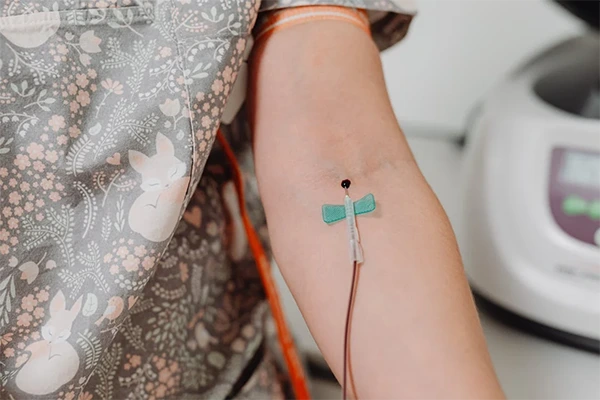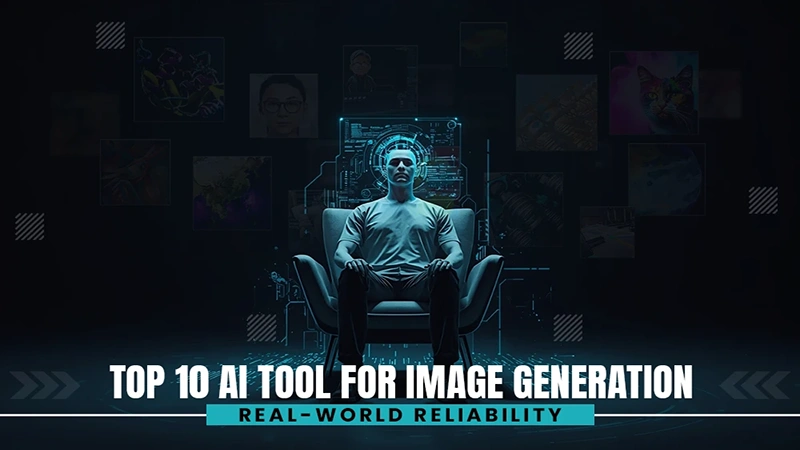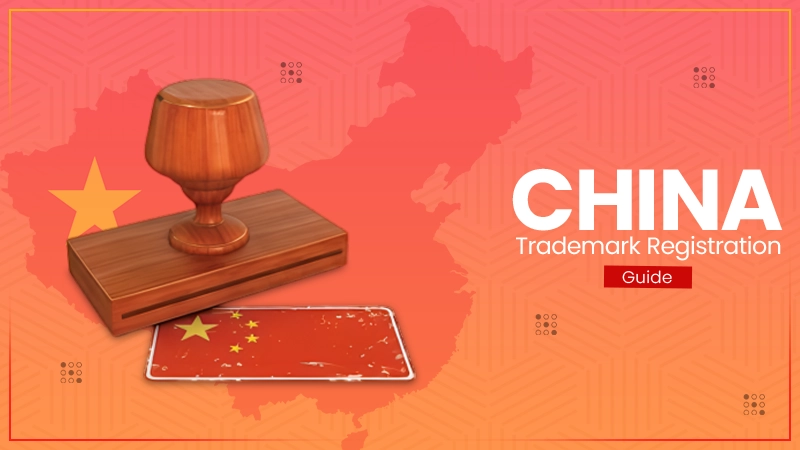
In medical innovation, vascular access devices have long been crucial for patient care. From life-saving medications to vital diagnostics, these portals into our circulatory system play an indispensable role.
The Bard PowerPort, designed for long-term intravenous therapy, once promised convenience and durability. Nonetheless, the medical community is shaken by recent disputes about its safety.
What alternatives are emerging in response to these concerns? How are innovators addressing the pressing need for safer vascular access? Also, learn about Medical Plastic Injection Molding by reading this article.
This exploration delves into cutting-edge solutions reshaping patient care. From smart materials to non-invasive technologies, we’ll uncover the pioneering approaches that aim to revolutionize treatment delivery.
The Bard-Catheter Controversy
The Bard PowerPort, a subcutaneous vascular access device, has ignited controversy in the medical community. Designed for central venous access, it boasts high-pressure injection capabilities, facilitating rapid administration of medicines and blood extraction.
However, TorHoerman Law indicates that Bard PowerPort users have encountered serious health risks. These include complications ranging from device fractures to vascular injuries. Some face life-threatening situations, including thrombosis and cerebrovascular events.
In extreme cases, broken device components can migrate through the body, requiring urgent medical intervention. These complications can lead to severe symptoms, including hemothorax, septicemia, and potential mortality.
Bard faces litigation alleging inadequate disclosure of known risks. This has prompted regulatory investigations.
According to the port catheter lawsuit, the device’s septum, reinforced for durability, is under scrutiny for its integrity during repeated punctures. Critics argue that the titanium port body may contribute to catheter stress and subsequent failure.
Emerging Technologies in Vascular Access
Imagine a world where accessing a patient’s veins is no longer a guessing game. That’s the reality emerging technologies are bringing to vascular access.
Ultrasound-Guided IV Placement
According to the National Library of Medicine, this method allows medical professionals to see beneath the skin, reducing patient discomfort. The method utilizes high-frequency sound waves to locate veins, reducing failed attempts and complications.
Near Infrared Vein Visualization
MDPI states that these devices employ wavelengths between 700 and 900 nm to create a vascular map. This technology enhances venipuncture success rates, particularly in patients with difficult venous access. These innovations minimize the risk of phlebitis, infiltration, and accidental dislodging.
Antimicrobial Coated Catheters
Antimicrobial-coated catheters represent a significant advancement in infection prevention, according to the American Journal of Infection Control. These devices incorporate agents such as chlorhexidine and silver sulfadiazine, creating an inhospitable environment for pathogens.
The coating disrupts bacterial cell membranes, inhibiting colonization and biofilm formation. This technology reduces the incidence of catheter-related bloodstream infections, enhancing patient safety in long-term vascular access scenarios.
How do these technologies synergize to enhance patient outcomes? They do so by combining improved visualization, secure placement, infection prevention, and intelligent monitoring.
Let us now move to methods that do not require intravenous access.
Non-Invasive Alternatives
The landscape of medical treatment is evolving, with non-invasive alternatives challenging traditional vascular access methods. These innovative approaches offer new avenues for drug administration, reducing complications associated with intravenous access.
Transdermal Patch
Transdermal drug delivery systems utilize the skin’s permeability to administer medications. Nature states that advanced patch technologies, such as iontophoresis, enhance drug absorption. They allow for controlled release of therapeutics without breaking the skin barrier.
Subcutaneous Infusion
These systems offer a middle ground between invasive and non-invasive methods. These systems, utilizing small-gauge needles or catheter-free injection ports, allow for continuous or intermittent drug delivery in the subcutaneous tissue.
Advanced wearable infusers with smart technology enable precise dosing and remote monitoring. These innovations reduce infection risks, improve patient comfort, and lower healthcare costs.
Nanomedicine
ScienceDirect states that nanoparticle-oriented drugs represent a frontier in pharmaceutical innovation, offering unprecedented precision in drug delivery. These microscopic carriers, ranging from 1 to 100 nanometers, leverage unique physicochemical properties to enhance therapeutic efficacy.
Liposomes, spherical vesicles with lipid bilayers, exemplify this approach. Their amphiphilic nature allows affinity to both hydrophilic and hydrophobic drugs.
This improves the bioavailability and reduces systemic toxicity. Polymeric nanoparticles, such as PLGA-based systems, offer controlled release profiles through tailored degradation rates.
Metallic nanoparticles, including gold and silver, provide multifunctional platforms for theranostics—combining therapy and diagnostics. Their surface plasmon resonance properties enable both imaging and photothermal therapy.
These nanoparticles are also revolutionizing drug delivery systems with a trifecta of benefits. These microscopic carriers extend medication longevity in the bloodstream, offer precise biodistribution control, and enable both passive and active targeting strategies.
These methods enhance drug solubility, stability, and targeted delivery. Nanoparticle-oriented drugs promise to revolutionize therapeutic approaches across various medical fields, transforming outcomes in challenging conditions like cancer and neurodegenerative diseases.
How do healthcare providers determine the most appropriate vascular access method?
Healthcare providers consider multiple factors when selecting vascular access methods. These include the duration of treatment, the type of medication to be administered, the patient’s vascular health, and potential risks. A comprehensive assessment guides the decision-making process, ensuring the chosen method aligns with the patient’s needs and circumstances.
What role does patient education play in new vascular access technologies?
Patient education is crucial in new vascular access technologies. Informed patients can better understand the benefits and risks of various options. Education empowers patients to participate in decision-making, improving treatment adherence and outcomes. Healthcare providers play a key role in facilitating this understanding.
How might advancements in vascular access technologies impact healthcare costs?
Advancements in vascular access technologies may influence healthcare costs in various ways. While initial implementation costs might be higher, these innovations could reduce complications, shorten hospital stays, and improve treatment efficiency. The long-term economic impact would depend on factors such as widespread adoption and integration into existing healthcare systems.
The evolution of vascular access methods represents a paradigm shift in patient care. As we move beyond traditional approaches, the focus intensifies on minimizing invasiveness while maximizing efficacy. This transition enhances patient safety and opens new avenues for personalized medicine.
The journey towards optimal vascular access solutions continues, promising a future where treatment delivery seamlessly aligns with individual patient needs and preferences.










